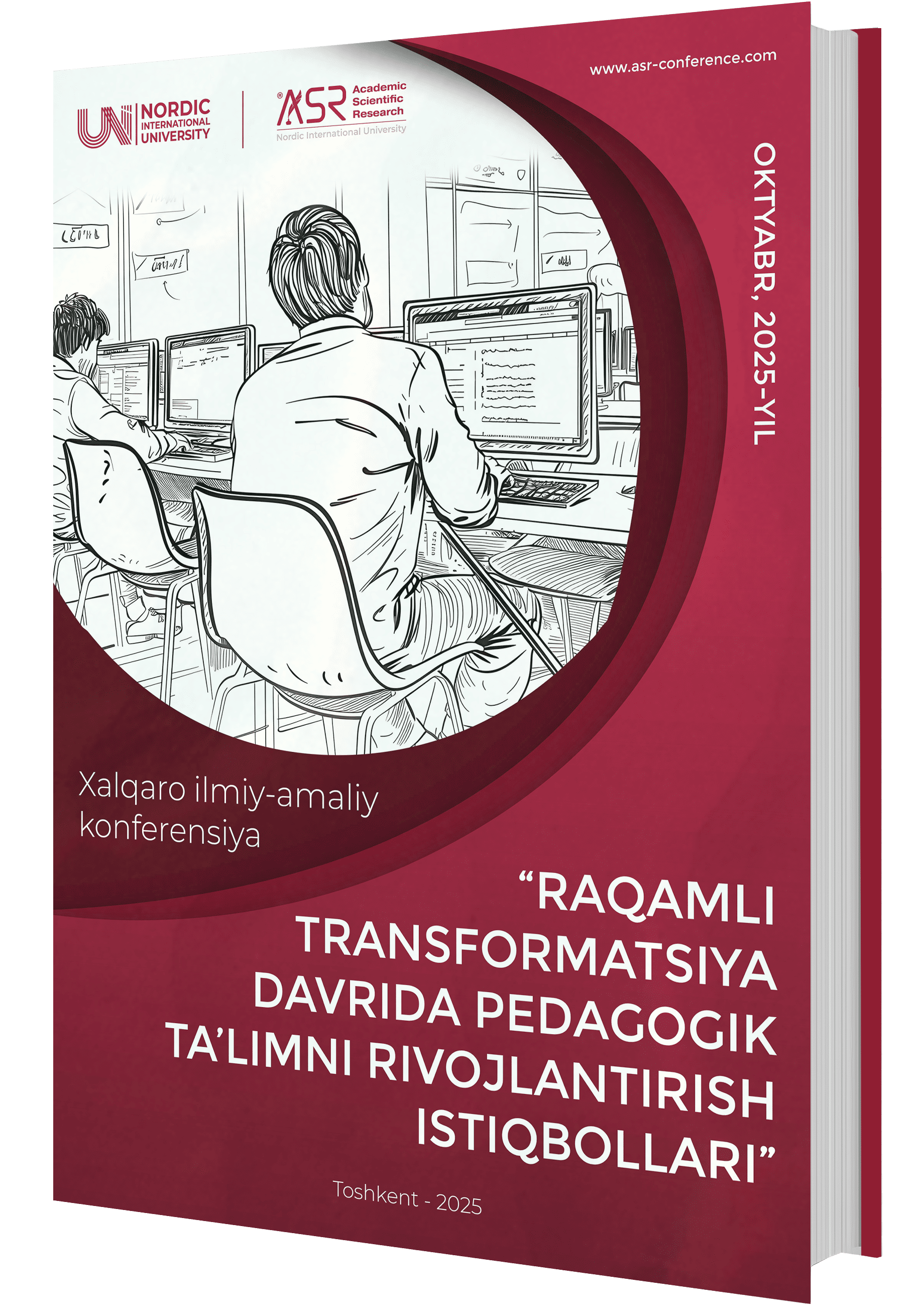IMAGERY, SYMBOLISM, AND VISION IN THE WORKS OF T.S. ELIOT AND EZRA POUND
Аннотация
This paper explores the intricate roles of imagery, symbolism, and vision in the works of T.S. Eliot and Ezra Pound, two central figures of Anglo-American Modernism. Both poets redefined twentieth-century poetics by reshaping traditional forms into experimental modes of expression that foregrounded fragmentation, intertextuality, and imagist precision. Through a comparative textual analysis of Eliot’s The Waste Land (1922) and Pound’s Cantos (1915–1962), this study investigates how visual and symbolic structures embody the modernist search for order in the face of cultural disintegration. Eliot’s imagery often reflects spiritual desolation, historical cycles, and mythic archetypes, while Pound’s symbolism draws from classical, Asian, and economic references, conveying a global and historical vision. The findings reveal that both poets employed imagery and symbolism not only as aesthetic devices but also as intellectual strategies to reconstruct meaning within a fragmented modern world. Ultimately, this research demonstrates that Eliot and Pound share a visionary impulse to transcend mere description: they transform imagery into symbolic structures that articulate cultural critique, spiritual inquiry, and aesthetic renewal.
Библиографические ссылки
Brooks, Cleanth. Modern Poetry and the Tradition. University of North Carolina Press, 1939.
Eliot, T.S. The Waste Land and Other Poems. Harcourt, 1922.
Eliot, T.S. Four Quartets. Harcourt, 1943.
Kenner, Hugh. The Pound Era. University of California Press, 1971.
Pound, Ezra. The Cantos. New Directions, 1915–1962.
Pound, Ezra. Personae: Collected Shorter Poems. New Directions, 1926.
Rainey, Lawrence. Modernism: An Anthology. Blackwell, 2005.
Smith, Grover. T.S. Eliot’s Poetry and Plays. University of Chicago Press, 1974.
Загрузки
Опубликован
Выпуск
Раздел
Лицензия
Copyright (c) 2025 Manzura Maxmaraximova

Это произведение доступно по лицензии Creative Commons «Attribution-NonCommercial» («Атрибуция — Некоммерческое использование») 4.0 Всемирная.
Условия лицензии
Эта работа доступна под лицензией Creative Commons Attribution-NonCommercial 4.0 International License. Чтобы просмотреть копию этой лицензии, посетите http://creativecommons.org/licenses/by-nc/4.0/ или отправьте письмо по адресу Creative Commons, PO Box 1866, Mountain View, CA 94042, США.
По этой лицензии вы можете:
Поделиться — копируйте и распространяйте материал на любом носителе и в любом формате.
Адаптируйте — делайте ремиксы, трансформируйте и дорабатывайте материал.
Лицензиар не может отозвать эти свободы, если вы соблюдаете условия лицензии. На следующих условиях:
Атрибуция. Вы должны указать соответствующую ссылку, предоставить ссылку на лицензию и указать, были ли внесены изменения. Вы можете сделать это любым разумным способом, но не таким образом, который бы предполагал, что лицензиар одобряет вас или ваше использование.
Некоммерческое использование — вы не имеете права использовать материал в коммерческих целях.
Никаких дополнительных ограничений. Вы не имеете права применять юридические условия или технологические меры, которые юридически запрещают другим делать все, что разрешено лицензией.





